On a cold Saturday morning, a couple of well-dressed hunters stroll across a paddock; a large, perfectly conditioned Labrador criss-crosses ahead, tracking the lines hares had run the night before.
Finally, they reach their maimai; a quick set up – the decoys are thrown haphazardly about, the hunters both eager to settle in to a long exciting day of hunting and just hoping to get the job done as fast as possible. Slowly, their eyes adjust to the hazy winter morning light.
Suddenly, a whistle of wings and the slow droning hum of a drake calling to his mate fill the quiet air. Two birds are slowly surveying the scene below – scattered birds sitting motionless in the water. The loud hails and low feeding chatter keep them looking back at the water; it does seem inviting, but the pair are wary. The longer they look, the more their landing circle increases as they gain height; these two have decided there’s something not quite right, and they head off into the distance.
WHY NO COMMIT?
Was it a flash of movement from inside the darkness of the blind? The birds hadn’t flared and shot away in either direction with the hen quacking a fast alarm call – that would be a sure indication that a bright face or a quick motion was the cause. But no, they just didn’t commit.
Now, to correct the flare at movement … that’s a somewhat easy solve: reapplication of face paint, a repositioning of guns so the grab isn’t detected, or covering the shooting gallery a little bit more. And just to be certain, a quick maimai check; you never know … your tricky mates down the road could’ve adorned the roof with a mirror!
But the non-committed bird … that may be a different story. It may be a case of poor decoy placement, no real or natural movement, or sometimes just the dew on the deeks.
Hopefully, as we go along, I can help address some of the problems that can arise in an everyday hunt … to try to get those wary birds to finish in your decoy set or to pass at a range that offers a clean kill.
Not every spot offers the same opportunities, and the more you hunt, the more your understanding of each situation grows, making you much more effective in your hunts – whether they be for giant Canadas or mallard.
There are some great basic set-ups that can be created and then adjusted to suit your particular set of challenges. Along the way, I’ll talk about two decoy sets I use in my own personal hunts, be it on water or dirt, and offer some key things to look at when you’re setting up. Waterfowling is a true challenge, especially if you’re after birds that’ve been regularly hunted; some days, the decoy set you started with can be completely changed several times due to wind direction, and quite often, what worked the day before just doesn’t cut the mustard the next.
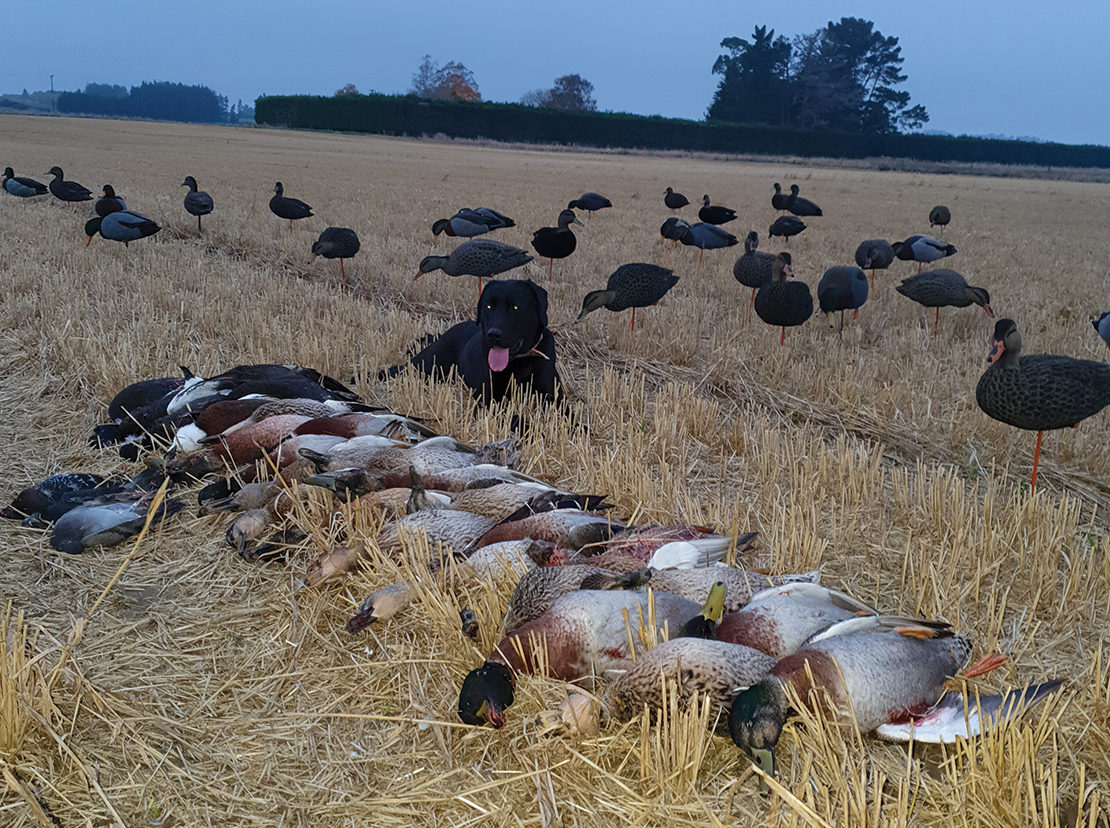
SCOUT
Scouting is essential – get out into your local area and drive. My biggest expense is diesel and road users; it’s a painful truth – it outweighs my gear costs easily.
The best times to scout are daybreak and just before sunset; birds like to head out early in the morning to their chosen feeding areas and come back to roost in the evening. Knowing where they eat and where they sleep is key to creating a good, well-planned hunt; if you know exactly where the birds will land, there’s no guesswork in where to set up. Pinpoint that spot down to the last metre; being out by 10 metres could mean a whole gear and decoy shift, which for goose hunters is one of the most hated activities.
Use that technology in your pocket most of us own nowadays; a smartphone, believe it or not, is not just for taking pics and accessing Facebook. Get on the Maps app and pop a location pin right on the spot; with GPS, mistakes are minimised.
It’s good practice to check out how to get in and out, because everything looks totally different in the dark, and you don’t really want to end up in a ditch. So, keep an eye on those farm paddocks, riverbeds and swamps, and if you follow that flock of mallards or geese, you might find that honey hole that holds a couple of hundred waterfowl.
DIRECTION
Waterfowl will always choose to land and take off into the wind; it helps them with lift and flight control – and for the hunter, it gives the birds’ direction. Always try to set your decoys nose to the wind no matter the set you choose; birds really dislike the wind up their bums, especially in winter – it ruffles feathers and lets the cold in. Nose to the wind follows their aerodynamically shaped bodies and helps them stay warm.
Without wind, birds tend to come in anywhere, so this is where a directional decoy set will come into its own. Blind-wise, this
really depends on your preference – straight in or side in (passing). When you’re mobile, your blind can shift to suit, but when you’re in a fixed maimai, leaving a landing spot amidst the decoys becomes very important.
When I’m hunting for geese, I prefer the birds coming directly at me; reason being, geese for me is about numbers, and birds coming straight into me offers me more target time. For mallards and other ducks, I prefer a pass shot, because I like to be able to identify the bird to be shot – the pass shot offers me a better profile view.
MOVEMENT
Let’s face it, if there’s no wind or flowing water, decoys are pretty inactive looking from the air; just a few grey and brown blobs sitting in a pond or field. Unless you have a flash of colour, it’s reasonably tricky to attract a mob of birds to some full body decoys; this is because low-view obstructions like fences and vegetation can block the duck’s view of the spread.
In the water, a flash of colour can be achieved easily with a bungee on a cord with decoys attached, or with the trusty old jerk string. There isn’t a simpler or more time-tested and truer set-up than this; it’ll work when all else fails and continues to outshine new trends.
Another simple but effective attracting option is the flag; they’re mainly used in goose hunting situations from the layout blind, but work just as well in regular hunting scenarios – a quick flip to get the birds to look, and finish with the call. Electronic decoys, bilge pumps, wing spinners and flappers … all of these are great options and now readily available at low cost, but keep those types of decoys away from the blind – this’ll help draw attention off the shooters and onto the spinner. Bilge pump types just give the water a ripple, much the same as a jerk string. All these work a treat; it just depends on the level of movement you want to achieve.
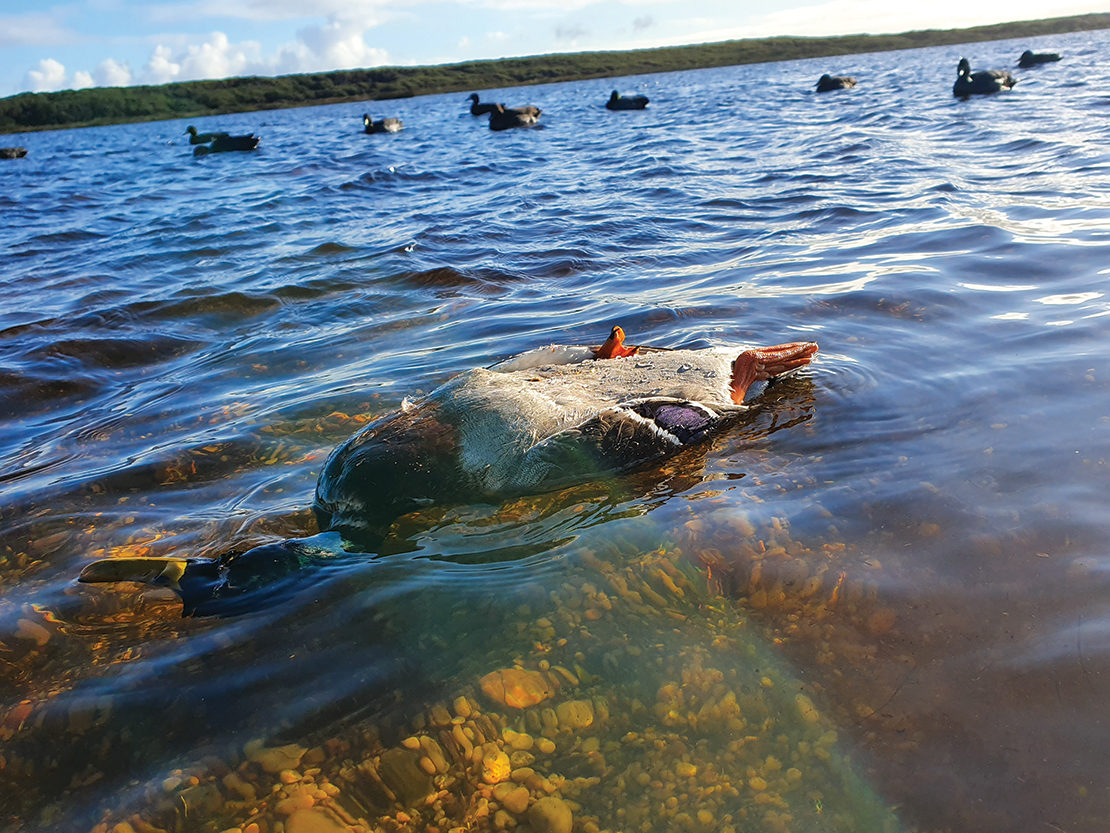
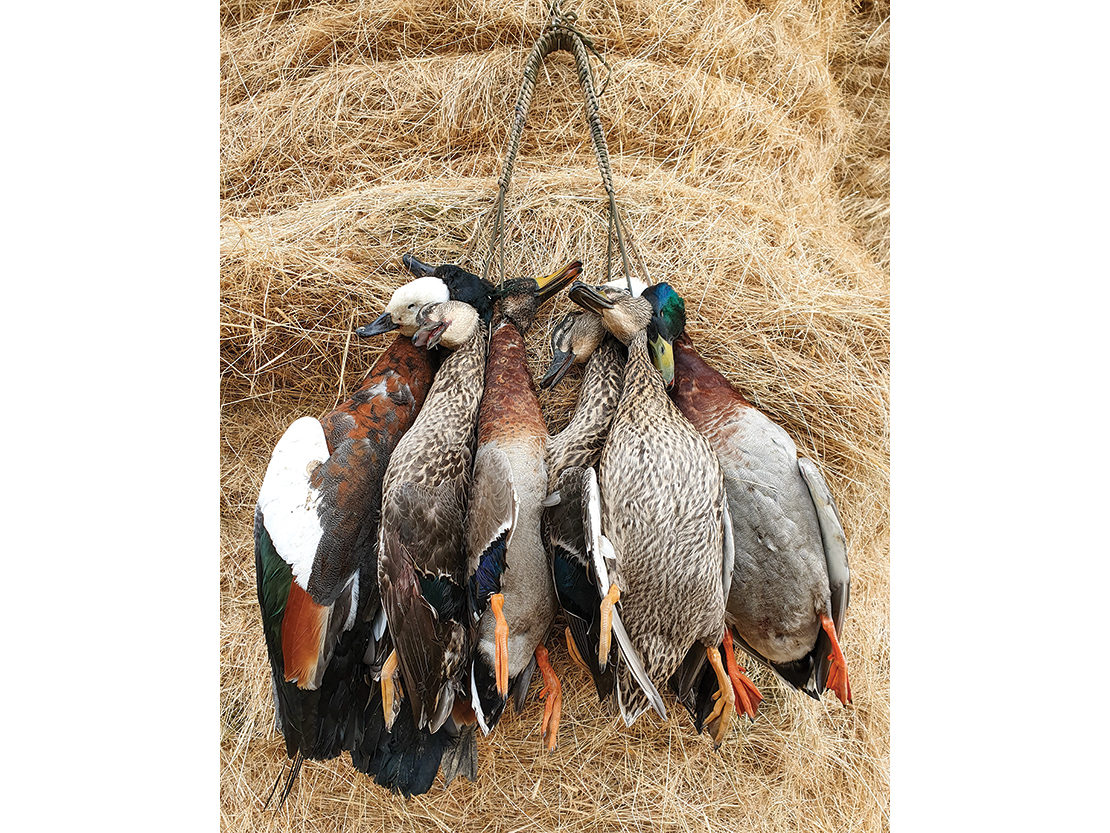
SPACE
Spread those decoys out – geese or mallards. Birds need space to land and take off; leave at least two metres for a goose and one metre for a mallard. Waterfowl always tend to go for the easy spot to make a landing, unless of course they’re tired or hounded; when you think about it, it makes sense – why would a bird want to land on top of another bird when there’s plenty of room beside them?
Spreading out your gear can make your decoy numbers look larger; it also helps to maximise their visibility. A group of decoys clumped very close together looks from the sky or the ground like a blob, but with those larger gaps, each decoy becomes one bird. In a group, it gives it a well-defined shape and individual presence.
When it’s calm without wind – that bluebird day which seems to be quite often when you’re looking for time to hunt – open up those gaps even more, as it makes things look a little more relaxed and can give birds more opportunity for a landing space.
As always, there’s an exception to every rule, and those cold, wet, howling days will throw the spacing out the window; in those conditions, waterfowl will usually group up, whether it be for shelter, warmth or safety. That’s when the close-in, tight group set will shine.
If you take anything from this and have to group those decoys really tight together, remember to always leave an ample well-defined landing area – right in that golden zone that offers you the best shot possible. Hopefully, that opening will help in some way to get birds to commit.
DECOY SETS
Now we get into the real heart of the situation: decoy sets. Sometimes they can make or break a hunt. If you have those wary, hard-hunted birds, having the right look may mean success – the wrong, a modest failure.
We want to get that ‘right decoy set at the right time’ tied down so we can put those waterfowl right in front of the guns no matter the conditions … to put those tricky, non-committed birds in range or on the spot. That’s what any waterfowler loves to see – wings cupped and feet down.
J-Hook or Nike Tick
This is one of the main go-to sets for most duck and goose hunters; it lends itself easily to both water hunts and field hunts which makes it so universal. This set takes very little time to rearrange and move around which is handy if the wind changes or if you need to shift the blinds around to take the focus away from them.
If you can imagine the Nike tick, you place the bulk of the decoys facing upwind at the top of the tick and gradually thin them out towards the end of the tick. The pocket where the birds will usually land should be directly in front of the blind (see photo). Why I like this decoy set is because it creates a massive landing zone giving the waterfowler a perfect set-up for cupped wings right in front of the blind – and the way the set-up is shaped, it directs the birds in to the kill zone. When it all works right, this is a set that gives the hunter some birds right in their face – the sort of hunting we waterfowlers all dream about.
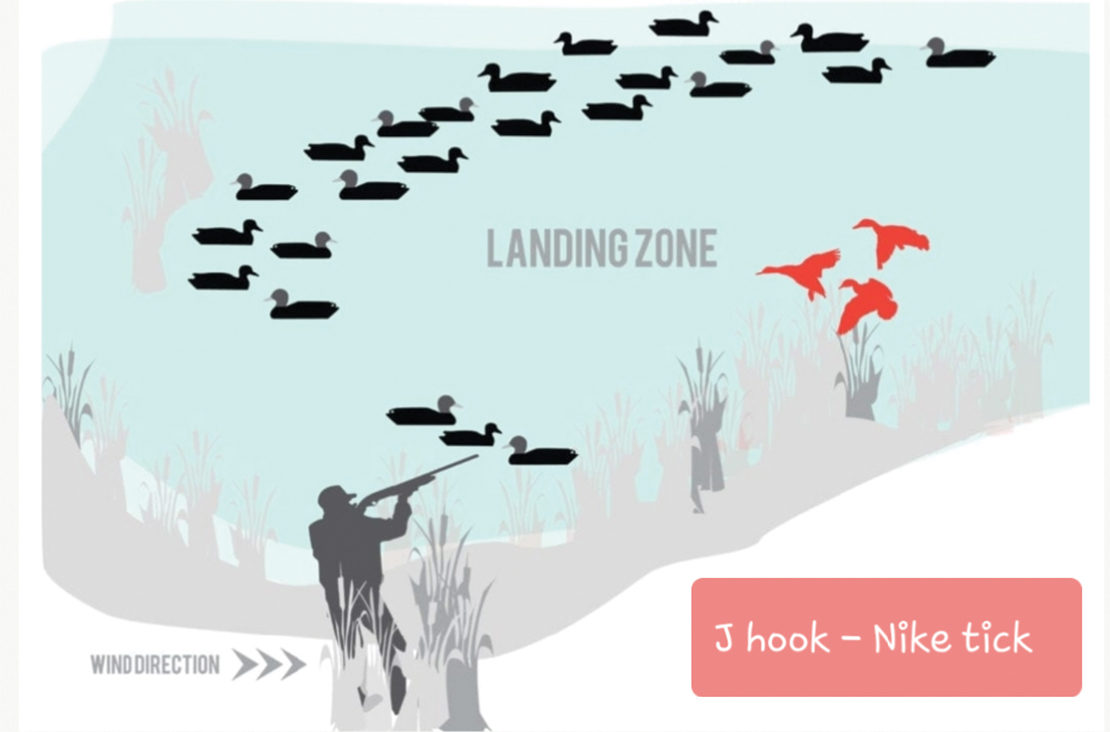
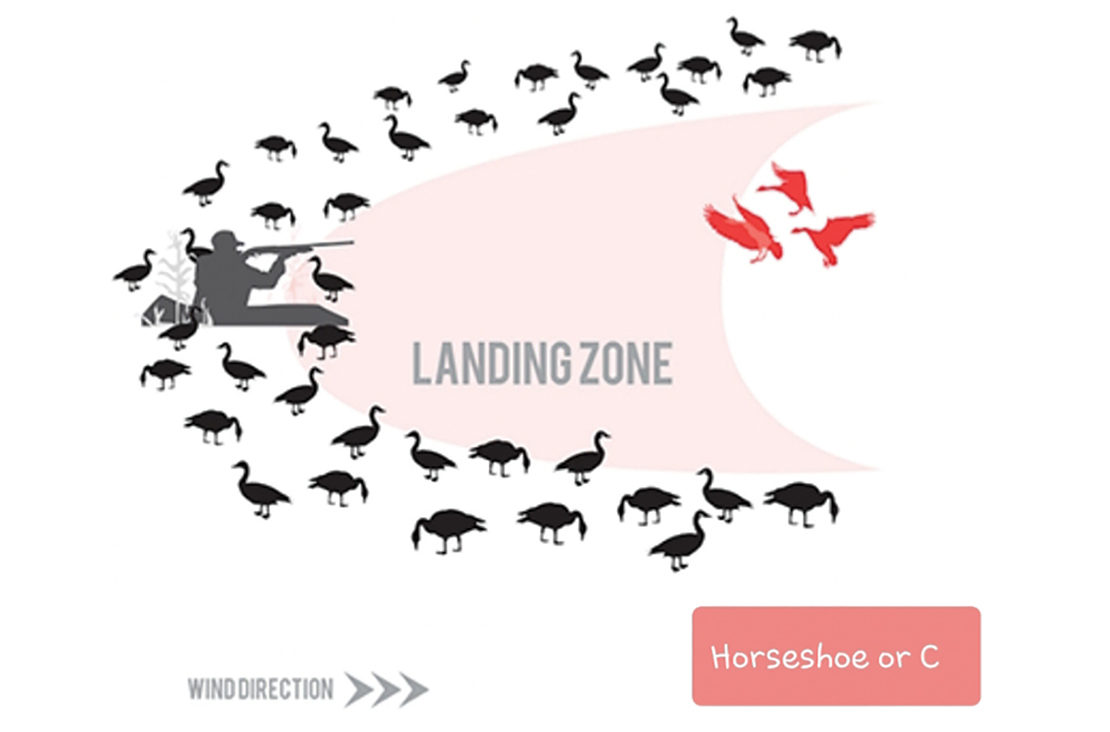
Horseshoe or C
This set is more for a slow-moving pool, pond or field. The decoys are set evenly in a C or horseshoe formation with the wind blowing toward the arc of the C. In the field, this formation looks like birds feeding across a paddock and water like they’re bracing into the wind. The inner part of the C, or the cup in the middle, is where you want the birds to land. A wee tip here is to place two or three decoys right in the middle opening – it gives the effect of landed birds moving into the group.
If it’s a pond set, get that jerk string on those decoys; a few well-timed pulls will get a ripple going in the landing zone. Or put a wing spinner out and give that spot an extra flash of movement to draw the birds’ eyes – the wing spinner in the centre of the C will work well in the field too (see photo).
Depending on wind direction, the blind can be positioned anywhere around the outer perimeter of the C or horseshoe. This is a simple fast set and is one of my go-to spreads when I’m hunting geese. I like to use this when it’s an all-day hunt and you have to move around with the sun, or when you get that tricky and annoying problem of the bulk of birds flying in from behind you. It’s a decoy set that offers the quick blind shift without moving decoys around when you could be hunting fowl.
Really, when you get down to the nitty-gritty truth of it all, setting up your decoys is all about creating the best opportunity to get birds in close, whether it be for a low pass shot or ‘cupped wings, feet down’ right in your kill zone. Take your time; set up your decoys with purpose. It may make little difference to a grain-fed pond, but when you have those hard-hunted birds, you may need that edge to get a good bag.
Birds don’t always play by your rules, or theirs, and will do the most unexpected things sometimes. A good scout that sees 300 birds the day before might end up with two birds taken on hunt day. Never look at a hunt as a total failure – look at it as a learning experience in those conditions.
Get them close; kill them clean – that’s the aim.

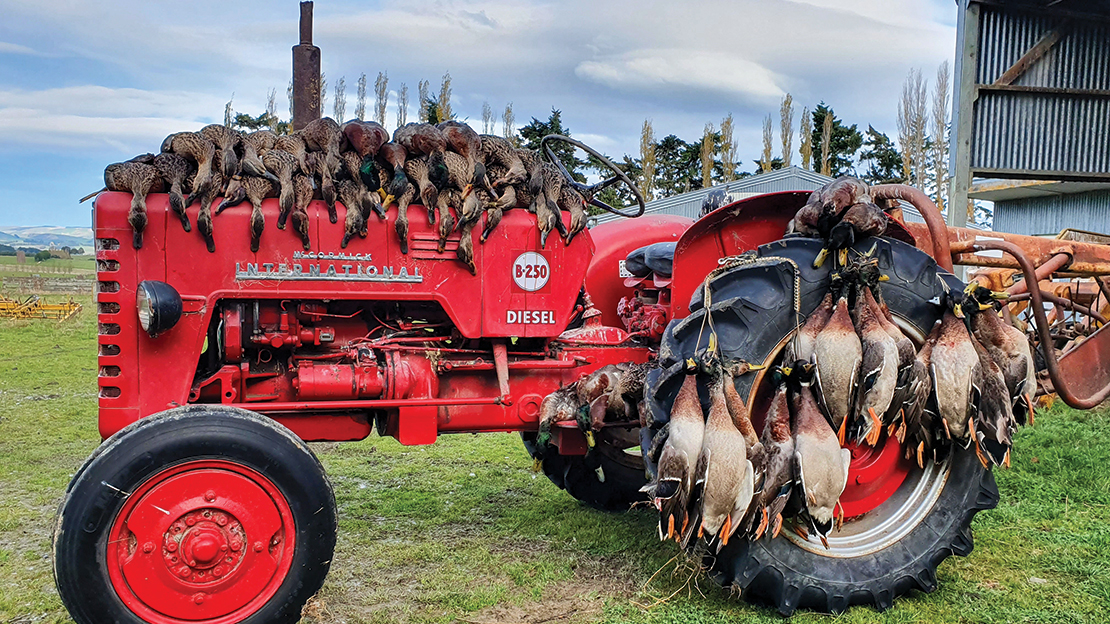
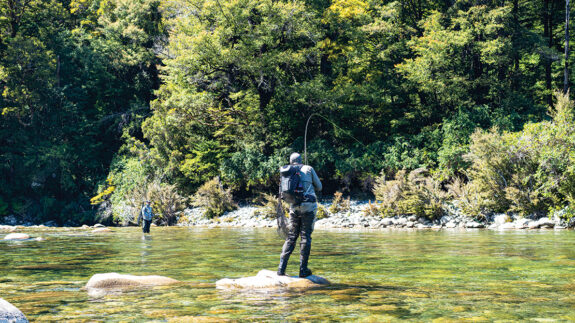
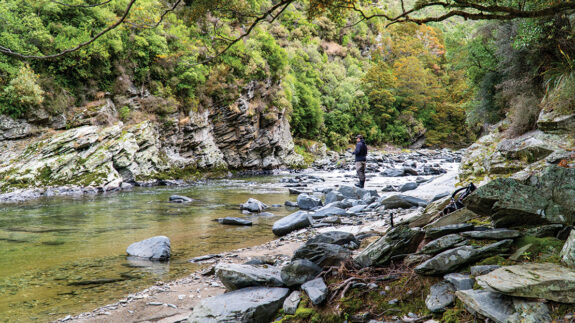

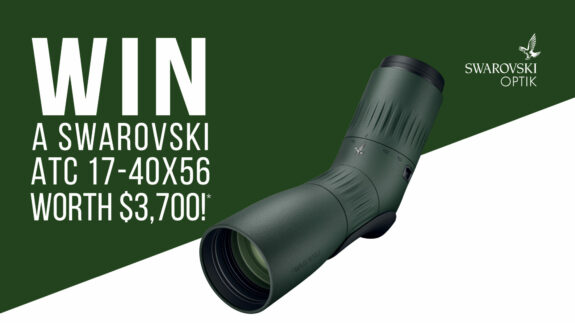
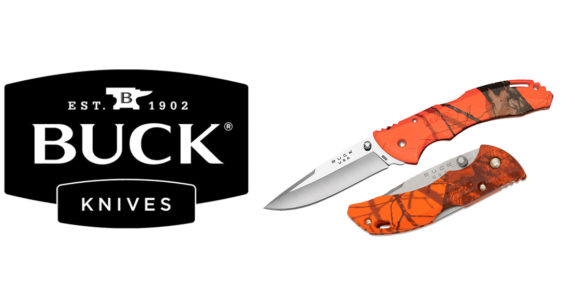
SHARE YOUR BEST PICS #NZRODANDRIFLE